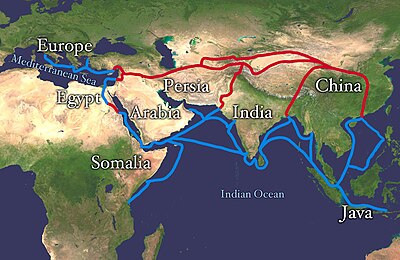First direct freight train from China to London completes 18 day journey
The first freight train from China to London arrived in the capital yesterday following a 7,456 mile journey.
The train was filmed reaching Barking, East London after an 18 day trip from Yiwu in the eastern Chinese province of Zhejiang.
En route, the train passed through Kazakhstan, Russia, Belarus, Poland, Germany, Belgium and France, before arriving in Britain via the Channel Tunnel.
World first: this was the first train to complete the journey nonstop (Getty Images)
The train carried 68 containers, which included household items, fabrics and suitcases.
It wasn’t strictly one train, however – differing rail gauge sizes meant the containers had to be switched between locomotives along the way.
The train carried 68 containers, which included household items, fabrics and suitcases.
It wasn’t strictly one train, however – differing rail gauge sizes meant the containers had to be switched between locomotives along the way.


